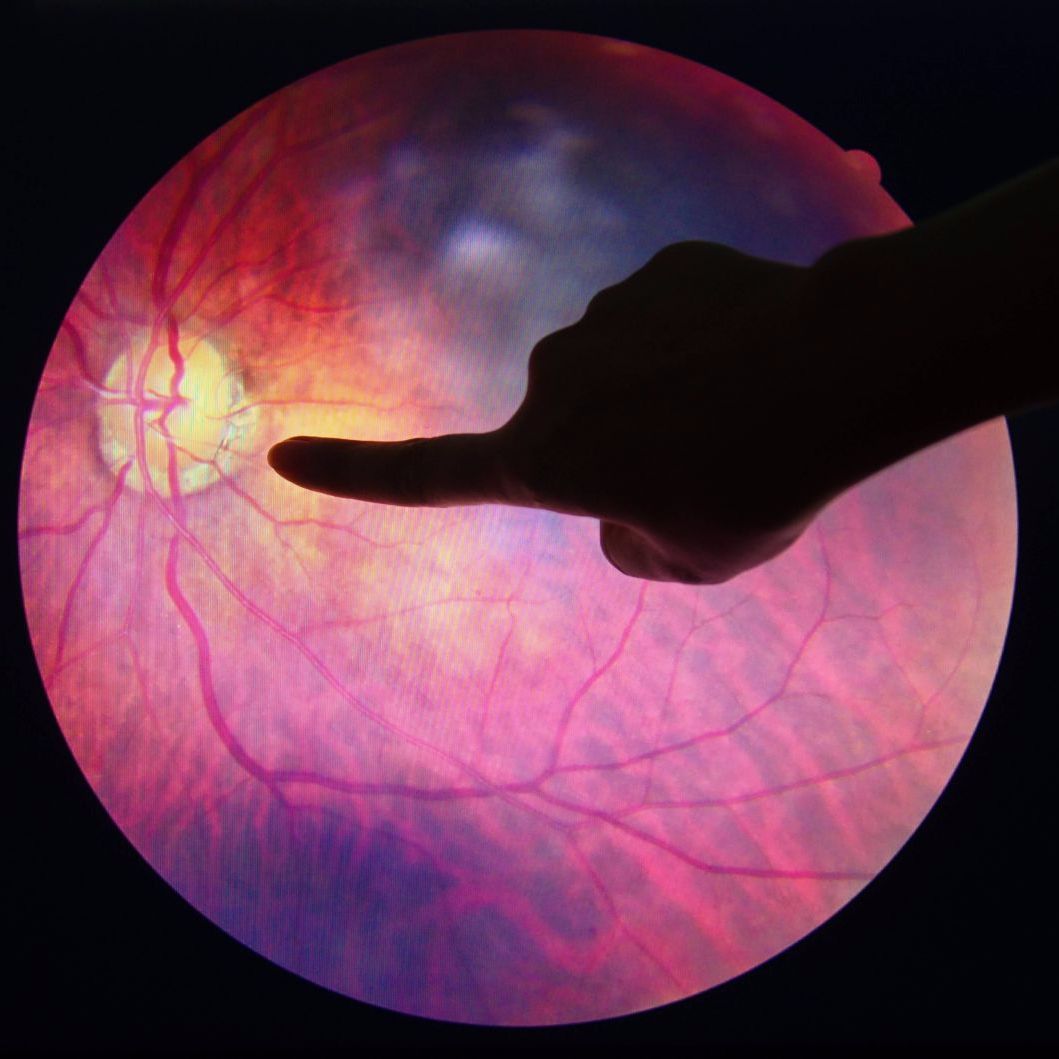Article
Key Anti-VEGF Therapies Have Big Advantages and Drawbacks
Author(s):
A new review of literature about 2 anti-VEGF therapies for diabetic macular edema suggest the drugs hold promise, but not without some caveats.

Two key anti-vascular endothelial growth factor (anti-VEGF) therapies both have strengths as treatments for diabetic macular edema (DME), though a new review also sounds notes of caution about each.
Aflibercept (Eylea) has high therapeutic efficacy, but also comes with a steep price tag of nearly $2000 per dose. Meanwhile, conbercept has shown promise, specifically in combination with laser therapy, though the review authors note it has not been studied thoroughly enough to draw broad conclusions.
The review comes at a time DME is becoming more prevalent, and has become the leading cause of diabetic retinopathy blindness, noted first author Siwei Cai, of Tianjin Medical University, in China.
“In recent years, as the pathogenic role of VEGF in DME has been well-recognized, the intravitreal injection of anti-VEGF drugs has become the first-line treatment of DME due to their great efficacy in improving visual acuity and mitigating macular edema,” Cai and co-authors wrote.
The authors note there are 3 prevailing therapeutic strategies to treat DME. Laser therapy is common, and it has been shown to reduce vision loss in patients with DME. However, only a relatively small percentage of patients (between 8% and 25%) see improvements in visual acuity, and the underlying mechanisms that cause the therapy to work are still not fully understood.
Corticosteroid therapy works well because of its anti-inflammatory functions, the authors say. However, the therapy also commonly leads to complications, and thus it is not used as widely as it might otherwise be.
That has left an opening for anti-VEGF therapies.
“With the advent of recombinant protein technology and the discovery of pathogenic mechanisms underlying DME, anti-VEGF drugs have emerged and have become the first-line treatment for DME in recent years as they restore and stabilize vision in most DME patients,” the investigators wrote.
Among the most impressive anti-VEGF drugs are recombinant decoy receptors, such as conbercept and aflibercept.
The investigators noted that the phase 2 DA VINCI study, which compared anti-VEGF therapies to traditional laser photocoagulation, found aflibercept outperformed the laser procedure in terms of improving visual acuity.
“The results of DA VINCI study suggest that IVA (intravitreal aflibercept) can generate and maintain greater improvements in VA and CRT than laser photocoagulation,” Cai and colleagues noted. “Additionally, IVA, but not laser photocoagulation, improves retinal sensitivity in selected patients.”
There has been no such study comparing laser surgery with conbercept. However, there have been studies of the combination of the two, and those suggest the therapy is effective.
The authors conclude that both therapies could have an important place in the treatment of DME. Aflibercept’s main drawback is cost, though the authors say there are ways of cutting the cost.
“The sequential treatment of long-acting dexamethasone implant followed by IVA could be an option since it maintains similar efficacy as IVA alone, while reducing treatment cost,” they said.
Conbercept, which was developed in China and has mostly been studied in China, is more cost-effective and has a lower risk of adverse effects. However, the researchers say the data is not yet robust enough to draw firm conclusions.
“Nonetheless, confirmation from large-scale, standard, and stringently-controlled clinical trials is necessary before laser and IVC (intravitreal conbercept) combinatorial therapy can be applied routinely in clinics,” investigators wrote.
The study, “The efficacy and safety of aflibercept and conbercept in diabetic macular edema,” was published online in Drug Design, Development, and Therapy.





